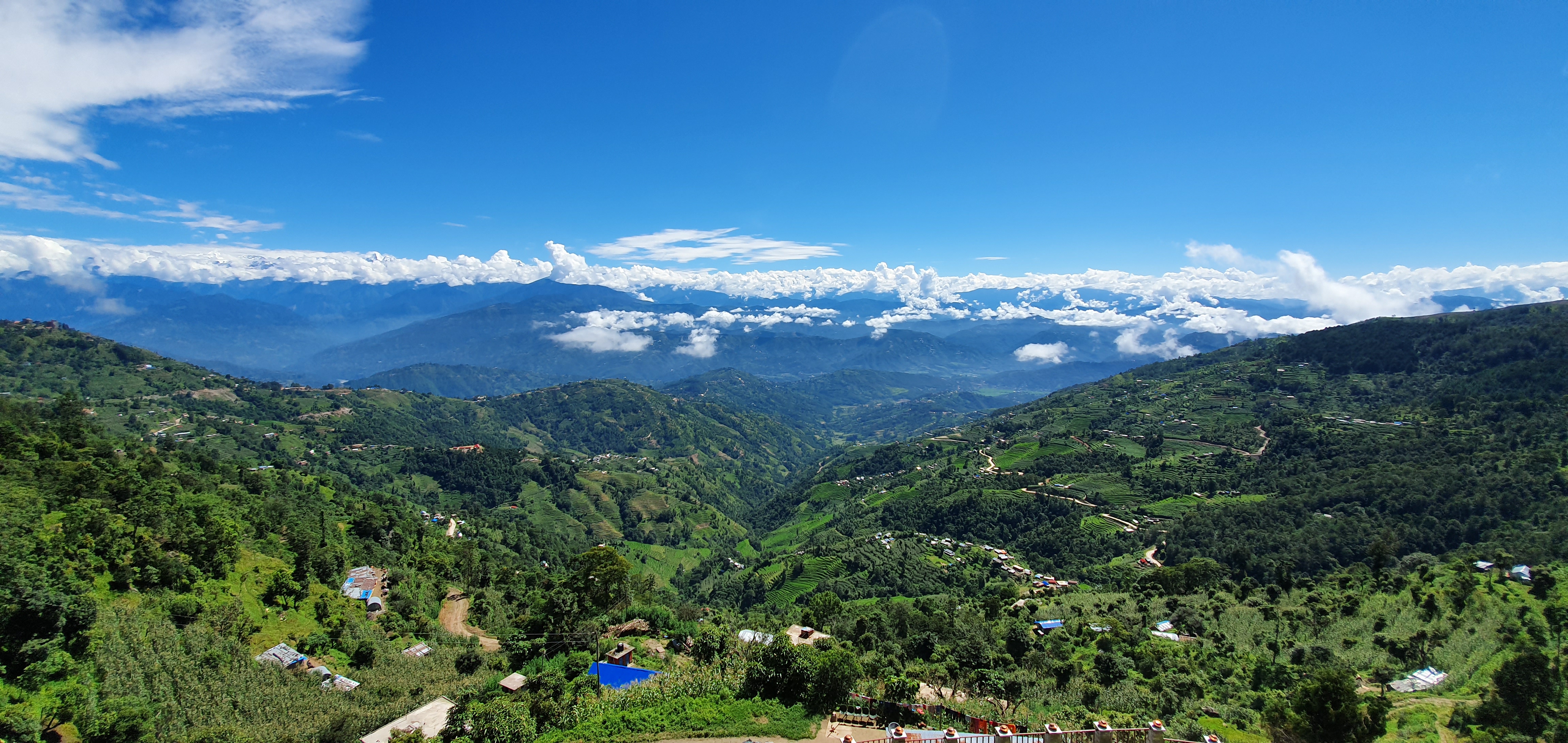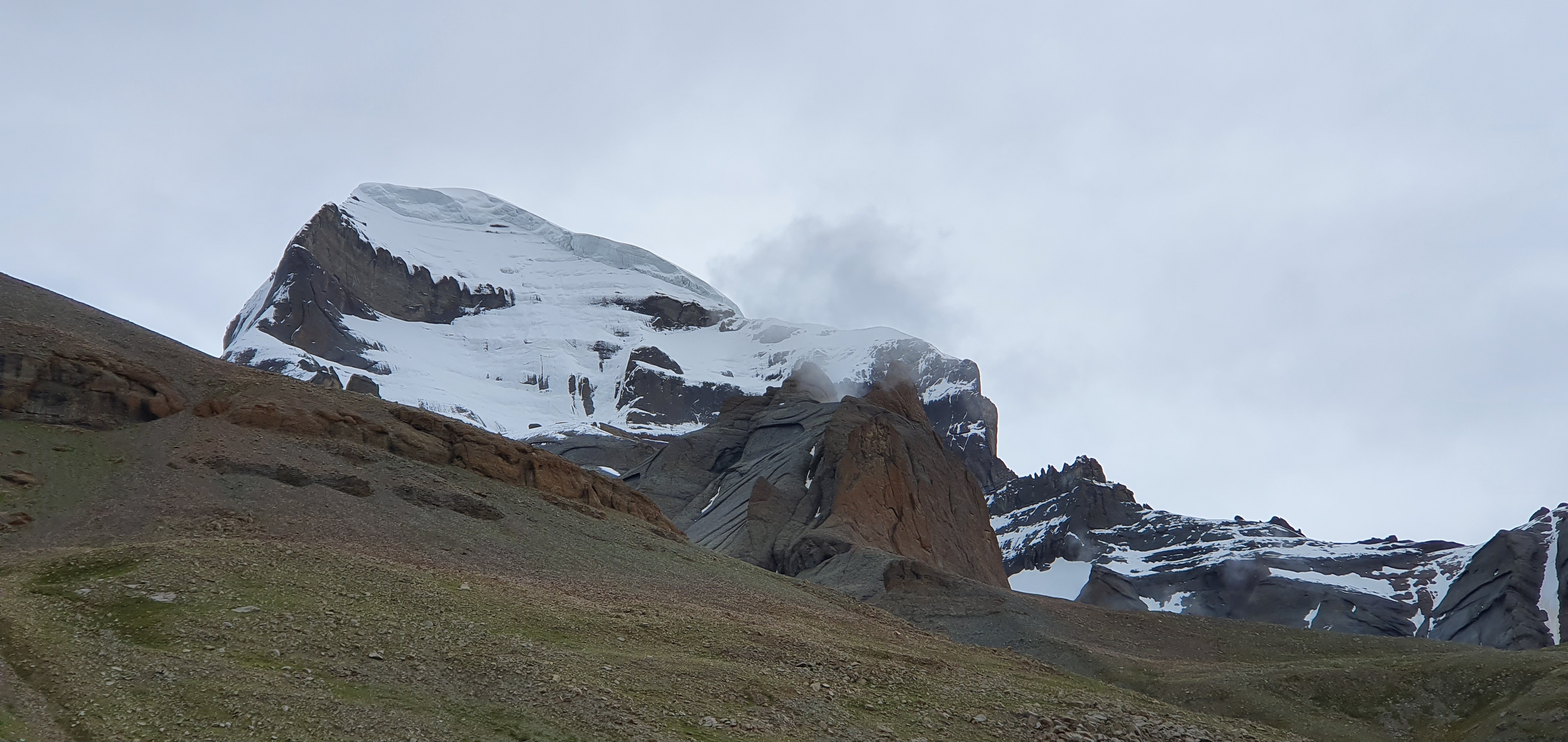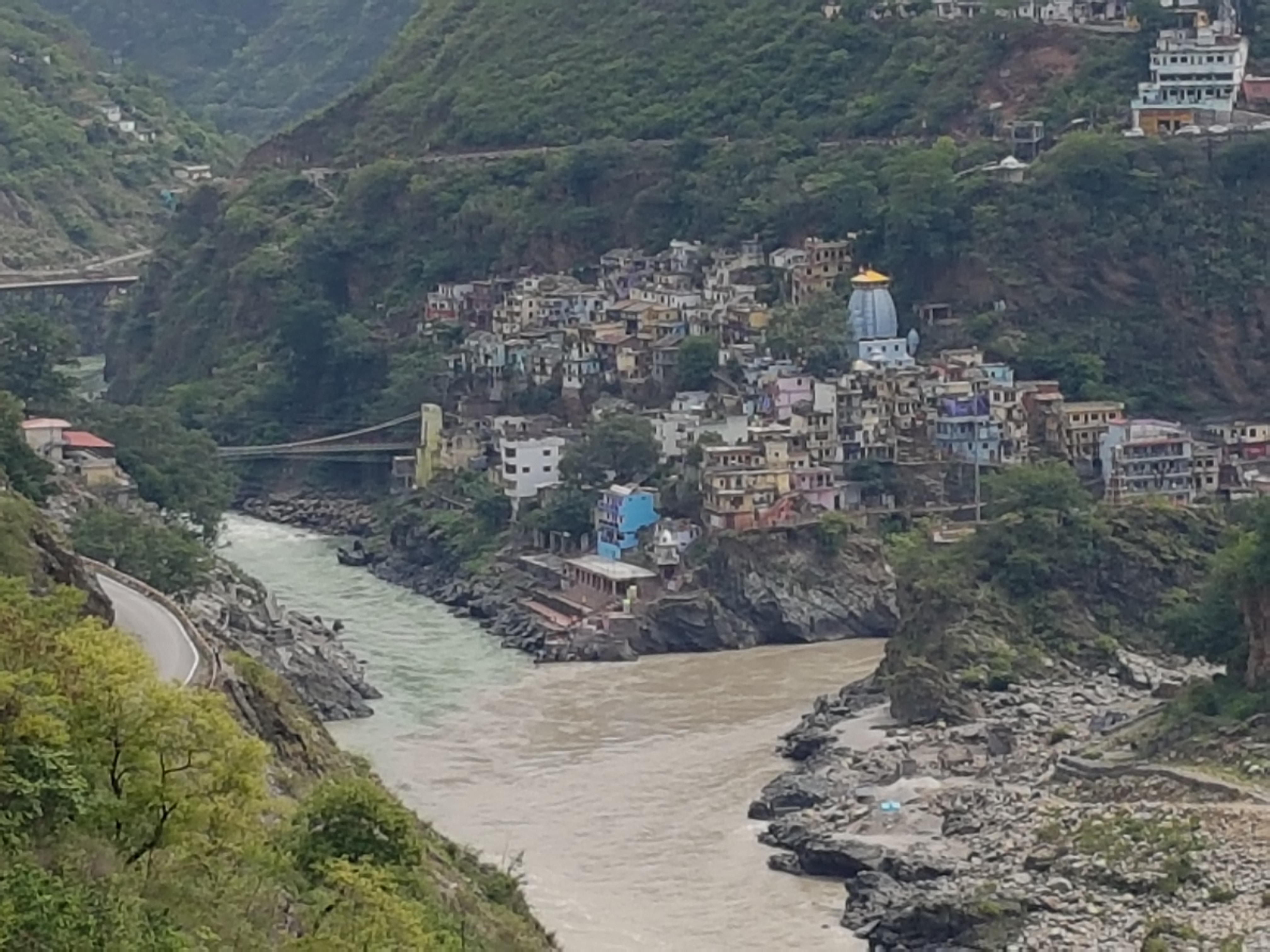Vedāṅgas
Vedāṅgas
Vedic literature not only consists of four Vedas, their Brāhmaṇas, Āraṇyakas and Upaniṣads but it also includes Vedāṅgas. Studying of Veda only completes if the Vedāṅgaof that particular Veda is also studied. Vedāṅgas literarily means limbs of Vedas: it is about Vedic supplements. There are six Vedāṅgas: 1)Śikṣā (phonetics),
2) Vyākaraṇa (grammar), 3) Candas (meter, prosody), 4) Nirukta (ethymology) 5) Kalpa (art of rituals) and 6) Jyotiṣa (astronomy). Patañjali, in his book Mahābhāṣya, asserts that studying Veda is incomplete without studying Vedāṅgas. According to tradition,Vedāṅgas are considered as the aṅgas (limbs) of Veda:Candas as the feet or legs, Kalpa as the hands, Jyotiṣa as the eyes, Nirukta as the ears, Śikṣā as the nose and Vyākaraṇa as the mouth.
2) Vyākaraṇa (grammar), 3) Candas (meter, prosody), 4) Nirukta (ethymology) 5) Kalpa (art of rituals) and 6) Jyotiṣa (astronomy). Patañjali, in his book Mahābhāṣya, asserts that studying Veda is incomplete without studying Vedāṅgas. According to tradition,Vedāṅgas are considered as the aṅgas (limbs) of Veda:Candas as the feet or legs, Kalpa as the hands, Jyotiṣa as the eyes, Nirukta as the ears, Śikṣā as the nose and Vyākaraṇa as the mouth.
Śikṣā
Śikṣā or phonetics is devoted to the letters and syllables, their articulation andpronunciation, the rules for uttering a sound etc. There are several books or treatises related to recitation and correct pronunciation of Vedic Mantras: Yājñavalkya Śikṣā,Vasisti Śikṣā, Katyayani Śikṣā, Parasari Śikṣā, Naradi Śikṣā, Sounakiya Śikṣā, Gautami Śikṣā and Pāṇinīya Śikṣā. In addition to these treatises, Prātiśākhya texts are also directly connected with the Śikṣā, as they also explain the pronunciation and recitation of Vedic Mantras, especially Saṁhitāpāṭha (the straight, simple way of chanting Vedic mantras) and Padapāṭha (word by word chanting). Prātiśākhya of Śaunaka is connected to the Śākala Śākhā of Rigveda. Kātyāyana’s Vājasaneyi Prātiśākhya Sūtra is connected to the Mādhyandina Śākhā of Rigveda. Taittirīya Prātiśākhya of an unknown author is attached to the Taittirīya Śākhā of Yajurveda. Sāmaveda has three Prātiśākhyas:Sāmaveda Prātiśākhya, Puṣpasūtra and Pancavidha Sūtra. Atharvaveda has also one Prātiśākhya named Atharveda Prātiśākhya. Among these Prātiśākhyas, four chapters of Prātiśākhya of Atharvaveda are devoted to grammar.
Vyākaraṇa
Vedic texts are to be approached with rigor; especially one needs to know Sanskrit grammar rules to be able to chant or recite Vedas. So Sanskrit grammar is important. The names of some grammarians of ancient times such as Śākaṭāyana and Gārgya are mentioned in Vedic texts, although the books they wrote did not reach our time.In the ancient tradition, there were nine schools of grammar: Aindra, Chandram, KasaKṛṣṇa, Kaumāra, Lākatāyana, Sārasvata, Āpiśalā, Śākala and Pāṇinīyaka. But the only text which is still available now is the one of Pāṇini, also known as Pāṇinīyaka. The name Pāṇinigave to it Aṣṭādhyāyī; this name is related to the number (Aṣṭa, eight) of chapters (Adhyāyas);each chapter is divided into four Padas or four parts. In this opus, Pāṇini quotes many of his predecessors, whose works have perished in the course of time. The Pāṇinīyaka, along with its Bhāṣya or commentary written by Patañjali and Vārtika of Vararuci or Kātyāyana, dominates the grammar literature. Patañjali in his Vyākaraṇa book known as Mahābhāṣya gives importance to the study of Vyākaraṇa i.e. grammar and he says that for guarding or protecting the Vedas, grammar should be strictly studied.
Candas
Candas or prosody is about Vedic meters and the rulesrelated to them. Mantras are to be chanted and the correct way to pronounce and chant them requiresthe knowledge of meter. The chandas texts describe the different Vedic Candas, that is Anuṣṭubh, Bṛhatī, Triṣṭubh, Uṣṇih, Jagatī, Pangti, Gāyatrīand so on. Each of these metres has a set number of Varṇas or syllables. The way a Vedic mantra should be recited or chanted is determined by its Candas. The last three patalas (chapters) of the Rigveda Prātiśākhya and the Nidāna Sūtra of the Sāmaveda deal with the rules of Vedic metres. One of the most important books on Candas that survived till our time is CandaSūtra of Piṅgala. This book not only deals with the Vedic prosody but also explains the post-Vedic prosody i.e Vṛttās. Vṛttās are the developed form of Candas and they are used in Sanskrit Śloka recitation and chanting.
NIRUKTA
Nirukta or etymological works are dedicated to the interpretation of Vedas. The earliest and now only available Nirukta text is Yāska’s Nirukta. It refers to many earlier works of Nirukta, those written by Aupamanyava, Audumbarāyaṇa, Gārgya, Vārṣyāyaṇi, Gālava etc., which all disappeared in the course of time. Yāska’s Nirukta gives the Nirukti (explanations) of Vedic words in three parts: Naighanduka khaṇḍa (list of synonyms of words used in Vedas), Naigamakhaṇḍa (list of unclear and difficult words to be found in Vedic Mantras), Daivatakhaṇḍa (list of names of deities who dwell on the earth, in the sky and in the in-between world). In Nirukta, Yāska quoted the explanations of his predecessors about a large number of words, but also wrote a great commentary for those words. The list of words and Yāska’s commentary together form what is called Niruktam while the collection of Vedic words in the above-mentioned three parts is known as Nighaṇḍu.
KALPA
Kalparefers tothe practices followed in rituals. Kalpa texts are written in Sūtra form, that is a short form. There are four types of Kalpa Sūtra texts, according to topic: 1) Śrauta Sūtra 2) Gṛhya Sūtra 3) Dharma Sūtra and 4) Śulba Sūtra. Each category is linked to one of the four Vedas. The Śrauta Sūtras describe the protocol of the three types of Vedic fires that are to be done at home by initiated people: Gārhapatya, Āhavanīya and Dakṣiṇa; and the procedures regarding performance of various Yāgas (larger rituals) like Darśapūrṇamāsa, Sōmayāga etc. The Gṛhyasūtra deals with the Ṣoḍaśa Saṃskāra (Sixteen Ceremonies) connected to human life, from before birth till death, the duties of a teacher and student, Pañcamahāyajñas (five duties) etc. The Dharma Sūtra deals with religious customs, law, duties of king, duties of a citizen, duties of the different Varṇas and the Āśramas (four ages of life). The Śulbasūtrais the practical manual that gives the necessary measurements for the construction of Yāgaśālas (place for sacred fire), Yāgakundas (sacred fire pit), Vedis, Cityis, etc.
Every Kalpa Sūtra is related to a particular Veda. Two Kalpa Sūtras are linked with the Rigveda:1) Sāṅkhāyana Kalpa Sūtra, related to Sāṅkhāyana Brāhmaṇa and 2) Āśvalāyana KalpaSūtra, related to the Aitareya Brāhmaṇa; these two Kalpa Sūtras include both Śrauta and Gṛhyasūtras. In addition, a Gṛhyasūtra named Sambhavya Gṛhyasūtrais to be found in the Kauṣītaki Brāhmaṇa of the Rigveda.
There are four Śrauta Sūtra texts linked to Sāmaveda: Masa-KalpaSūtra, also known as Ārṣeya KalpaSūtra, Lātyāyana Sūtra belonging to Pañcaviṃśa Brāhmaṇa, Drāhyāyana Kalpasūtra connected to Rāṇāyanīya Śākhā of Sāmaveda and finally Jaiminīya KalpaSūtra and Jaiminīya Śrauta Sūtraof Jaiminīya Śākhā of Sāmaveda. One of the most important Gṛhyasūtra of Sāmaveda is Gobhila-Gṛhyasūtra, which is considered one of the oldest and most complete among the Gṛhyasūtras. This Gṛhyasūtrais used by both those who follow the Jaiminīya Śākhā and the Rāṇāyanīya Śākhā of Sāmaveda.
Many Kalpa Sūtra works are attached to the Kṛṣṇa Yajurveda, especially Āpastamba and Baudhāyana KalpaSūtra of Taittirīya Śākhā. Each of these Sūtras contains all four branches of KalpaSūtra viz., Śrauta, Gṛhya, Dharma and Śulba. Also to be mentioned among sūtras of Kṛṣṇa Yajurveda are Mānava Śrautasūtra, belonging to the Maitrāyaṇī Śākhā, and Vaikhānasa Śrauta sūtra of Taittirīya Śākhā. Pāraskara Gṛhyasūtra (also known as as Vājasaneyi Gṛhyasūtra) and Kātyāyana Śulbasūtra are important Kalpa Sūtra works attached to the Śukla Yajurveda. Kātyāyana Śrauta sūtra explains the sacrificial procedures too.
Vaitāna Śrautasūtra is the Śrautasūtra of Atharvaveda. Atharvaveda also has one Gṛhyasūtra named Kauśika Gṛhyasūtra. This Gṛhyasūtra, more than other Gṛhyasūtra, gives importance to the Grihya rituals (that are to be performed in home) and also explains some supernatural practices described in Atharvaveda.
Among Dharmaśāstra works, one can name Āpastamba and Baudhāyana Dharmasūtra of Yajurveda. Gautama Dharmasūtra is the Dharmaśāstra connected to Sāmaveda. Vasista Dharmasūtra atributed to Vasista and Mānava Dharmasūtra attributed to Manu are some other Dharmasūtra works. During later Vedic period, Dharmasūtras became the law books and were called Smṛtis. Among them, we can name Manu Smṛti, Yājñavalkya Smṛti, Nārada Smṛti, Śāṅkara Smṛti etc.
Jyotiṣa
The Yāgas, Yajñas and other rituals mentioned in Vedas are to be performed on days and time set according to the movements of the sun, moon and other planets. Jyotiṣa or astronomy thus is one of the important Vedāṅgas. Each Veda had its own Jyotiṣa text. But the Jyotiṣa text related to Sāmaveda does no longer exist in our time. Arca Jyotiṣa is the Jyotiṣa text for Rigveda; it has thirty-six verses. Yājuṣa Jyotiṣa is the Jyotiṣa text related to Yajurveda, and it has thirty-nine verses. The Atharvana Jyotiṣa attached to Atharvaveda has one hundred and sixty-two verses. These three works are attributed to a single author named Lagadha. This is why these works are collectively known as Lagadha Jyotiṣa. There is one more text named Jyotiṣa Vedāṅga – of unknown author. It has seventy-nine verses, of which thirty-six are attached to Rigveda and the remaining forty-three verses attached to Yajurveda. The Jyotiṣa Śāstra or astrology of the post-Vedic period is a later development of this Vedāṅga Jyotiṣa.
*******
*******
Article Prepared by:
Dr. Arun Jaganathan V R
Assistant Professor,
SreeSankaracharya University of Sanskrit,
Regional Campus Ettumanoor, Kerala, India
Subsribe our package to Read Full
Subscribe NowPOPULAR POSTS
This website uses cookies to ensure you get the best experience on our website. Learn more
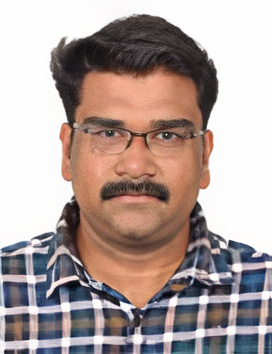
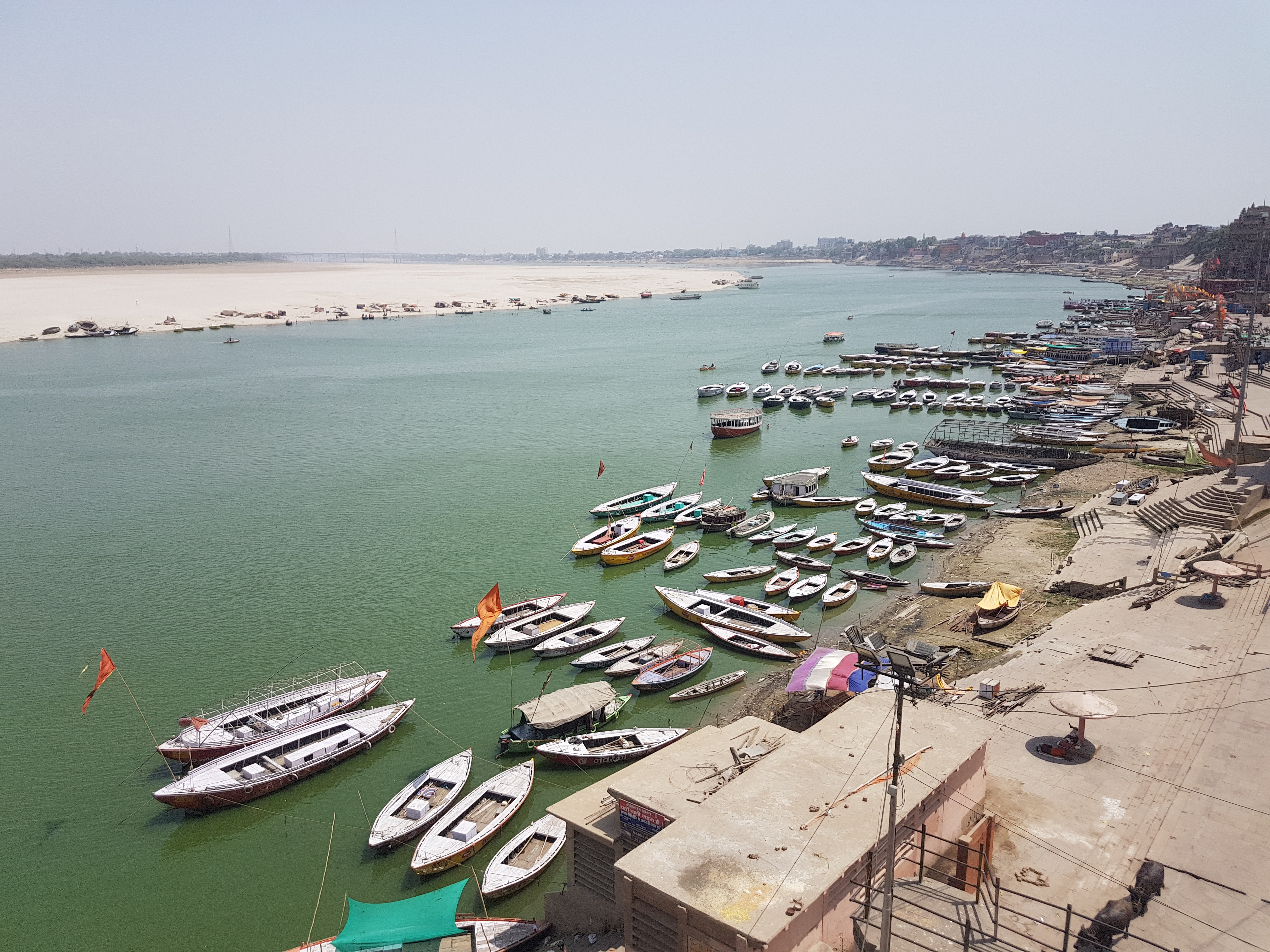
?>resources/frontend/assets/images/4.jpg)


